The first hour of silence would be more than an inconvenience—it would be chaos.
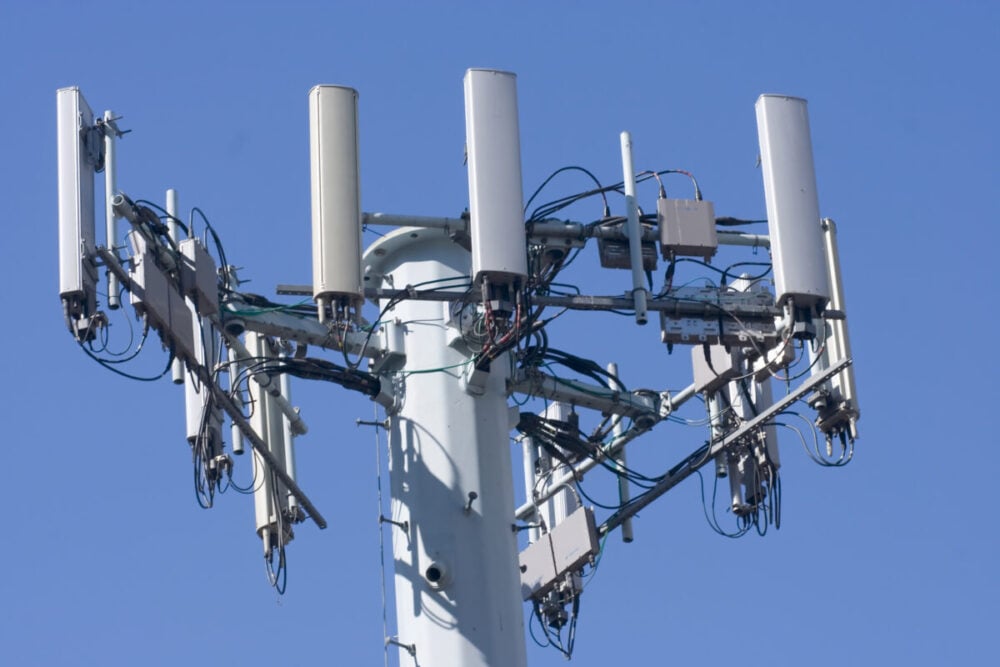
When the nation’s cell towers suddenly jammed, most people would think it’s just a bad signal. Phones would freeze on “no service,” texts wouldn’t go through, and mobile payments would fail. But within minutes, the ripple would spread beyond frustration. Emergency calls would stop working, and drivers using GPS would get lost. Airlines, hospitals, and financial systems relying on mobile networks would feel the first shock of disconnection.
1. The first 15 minutes spark confusion and denial.
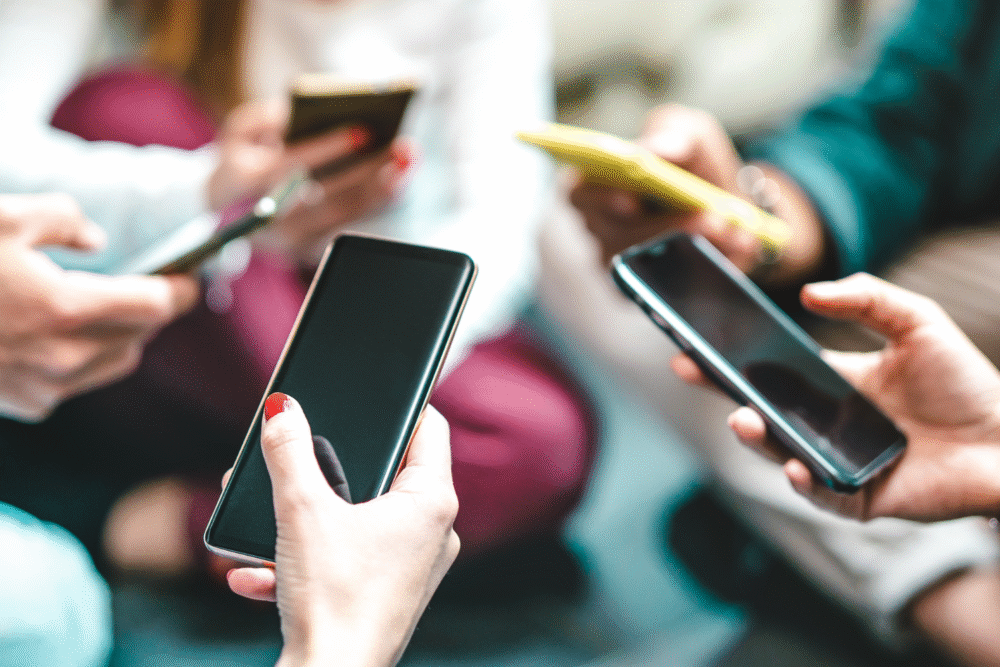
At first, no one would think much of it. People would glance at their screens, assume their carrier was glitching, and restart their phones. Social media would go silent, cutting off the modern instinct to check what’s trending. Within minutes, traffic lights synced to mobile networks might desynchronize in some cities. Ride-share drivers would lose contact with passengers, and businesses depending on mobile point-of-sale systems would freeze mid-transaction.
In households, family members would shout across rooms, asking if anyone else’s phone was down. The first wave of unease would set in—not panic, just that subtle realization that something’s off. It would feel eerily quiet. That hum of constant digital connection, the background noise of modern life, would vanish almost instantly.
2. The first hour paralyzes communication and commerce.
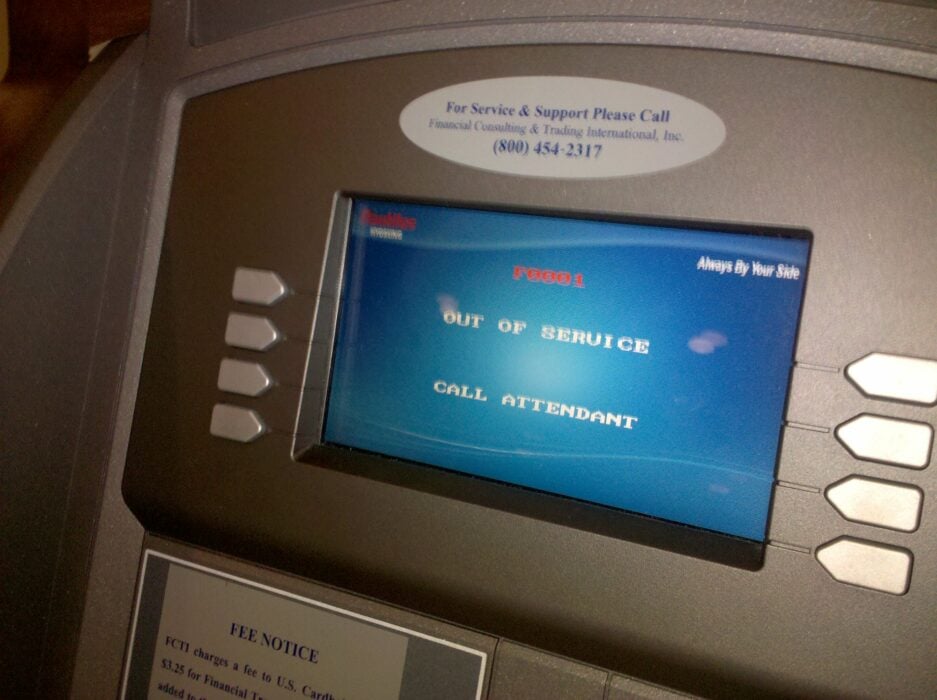
By the sixty-minute mark, the outage would no longer be seen as routine. Landlines, still functional but rarely used, would suddenly matter again. News stations would scramble to confirm reports, but journalists—cut off from sources and social platforms—would struggle to verify anything. ATMs and payment apps would fail, leaving businesses unable to process transactions. Gas stations would run cash-only, causing long lines and confusion.
In hospitals, doctors using cloud-based medical records would face lag and delays. Ambulance dispatchers dependent on mobile routing would revert to radios. Panic wouldn’t yet set in, but it would hover close—especially as people realized they couldn’t reach loved ones to make sure they were okay.
3. Two hours in, transportation grinds and safety nets crack.
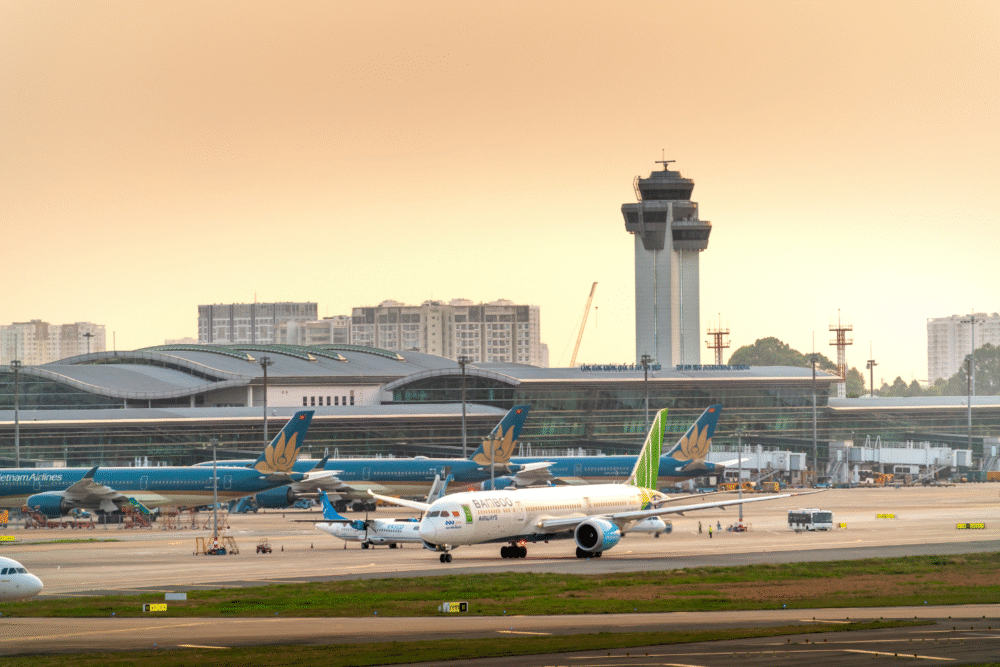
Without functioning GPS or communication, air traffic control coordination would become fragmented. Pilots in smaller regional airlines relying on cellular data backup would be forced to land. Delivery trucks, Uber drivers, and freight operators would pull off highways to reassess routes. Local police would start receiving reports of accidents caused by navigation failures and stalled intersections.
Meanwhile, emergency services would feel the strain. 911 systems, partially dependent on cellular routing, would fail to locate calls or connect properly. Public transit systems using mobile-based scheduling apps would break down. The nation’s mobility—the thing most people take for granted—would start to lock up.
4. Three hours in, panic buying begins.
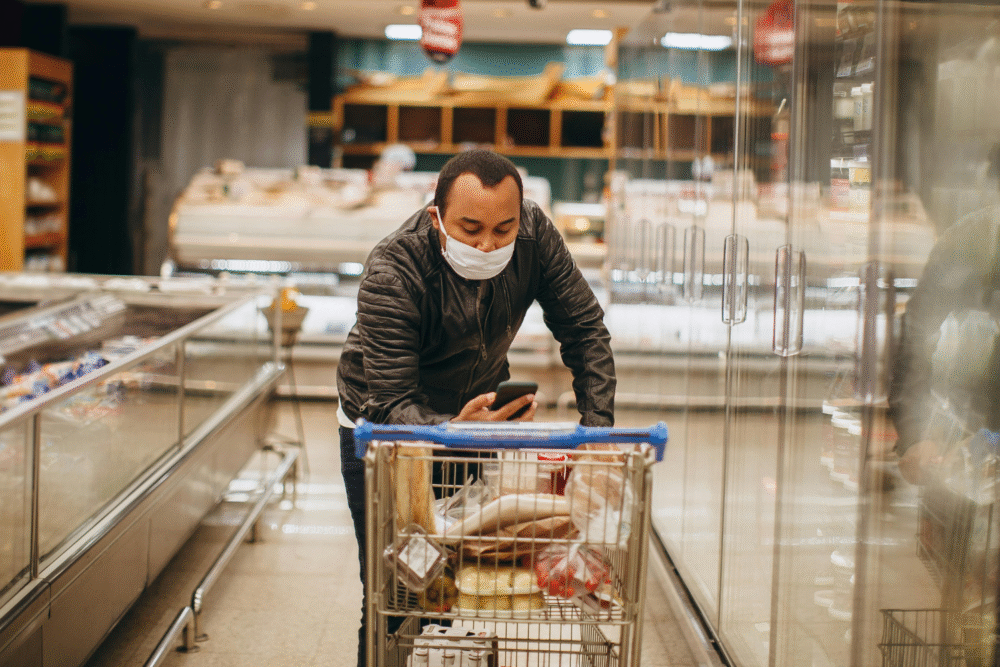
When people realized the outage wasn’t localized, the fear would turn practical. Supermarkets and pharmacies would see a rush of customers trying to pay with cash, while credit card systems, dependent on mobile verification, would malfunction. Some would stockpile water, gas, and essentials, unsure if it was an attack or a technical failure. The power grid would remain intact, but the lack of communication would make coordination fragile.
Rumors would begin to replace news. With no access to digital information, speculation would thrive. People would gather in groups, comparing theories. Misinformation would spread word-of-mouth, faster and more chaotically than online ever did.
5. Four hours in, financial systems tremble.

Banks rely heavily on wireless data transfer between servers and field networks. By this point, trading floors would freeze, ATMs would be empty, and digital transactions would halt nationwide. The stock market, reliant on both internet and mobile connectivity, would suspend trading as a precaution. People dependent on payment apps or online banking would suddenly realize how little physical cash they had.
Local businesses would close early, unable to operate. The economic paralysis would begin to take hold, not because of damage—but because of the sheer inability to communicate. It would be a strange blend of silence and financial suffocation.
6. Five hours in, emergency command centers take over.
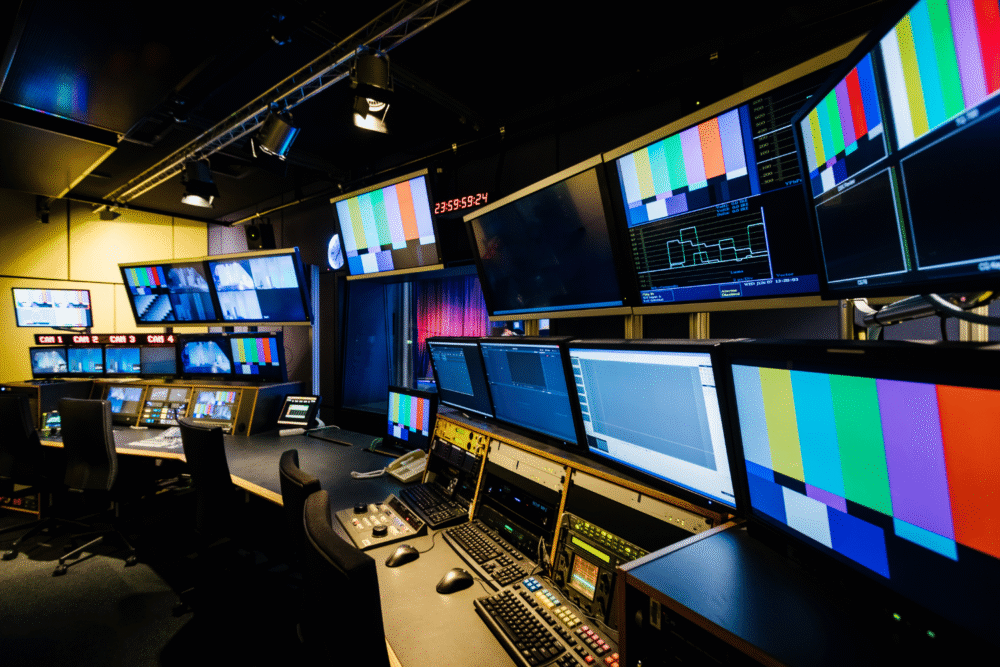
By late afternoon, emergency broadcast systems would engage through radio and television. The Department of Homeland Security and FEMA would activate manual coordination channels, using satellite phones and pre-secured frequencies. The government would begin investigating whether the jamming was foreign interference or a domestic technical sabotage. Cities would deploy officers to maintain calm at banks and supermarkets.
In hospitals, administrators would implement disaster protocols. Doctors would rely on handwritten notes again. Communication between facilities would depend on landlines, walkie-talkies, or in-person messengers—an eerie regression to mid-20th-century operations.
7. Six hours in, trust begins to erode.

As evening fell, fear would mix with anger. People would start blaming carriers, the government, or hackers. Some neighborhoods would form small information networks using battery radios, while others would remain in total uncertainty. News anchors, broadcasting via terrestrial TV, would share what little was known: the U.S. was under a communications blackout.
Social order would strain in subtle ways. Neighbors would check on one another, but strangers might be viewed with suspicion. In a society built on instant connectivity, this kind of silence would feel like isolation—and isolation breeds distrust.
8. Seven hours in, the digital economy collapses.

Streaming services, online businesses, and cloud-dependent companies would all freeze. Remote workers couldn’t log in, customer service lines would be unreachable, and the digital skeleton of commerce would fall apart. Warehouses that rely on mobile scanning and data upload systems would grind to a halt. Airlines would cancel remaining flights; airports would fill with stranded passengers unable to call hotels or family.
Tech companies would activate crisis teams, communicating through secure satellite links. But to most Americans, the digital world would seem to vanish overnight—like the lights going out in a city that once never slept.
9. Eight hours in, small-town America shows resilience.
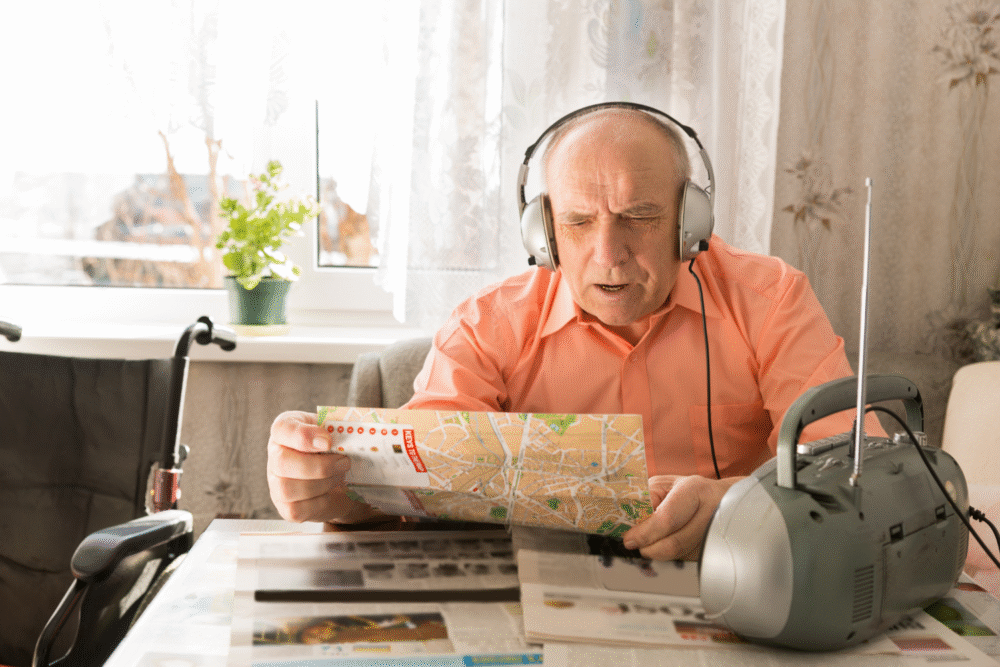
While major cities plunged into disorder, rural areas—where landlines and radio still hold sway—would adapt better. Local AM/FM stations would broadcast updates, and communities accustomed to slower communication would lean on one another. In small towns, people would gather at community centers to share news or help elderly residents who relied on cell service for medical monitoring.
There would be a strange return to old-fashioned connection. People would rediscover the value of conversation and handwritten notes, though not without unease. For some, it would feel like stepping back in time. For others, like stepping off a cliff.
10. Ten hours in, global consequences emerge.
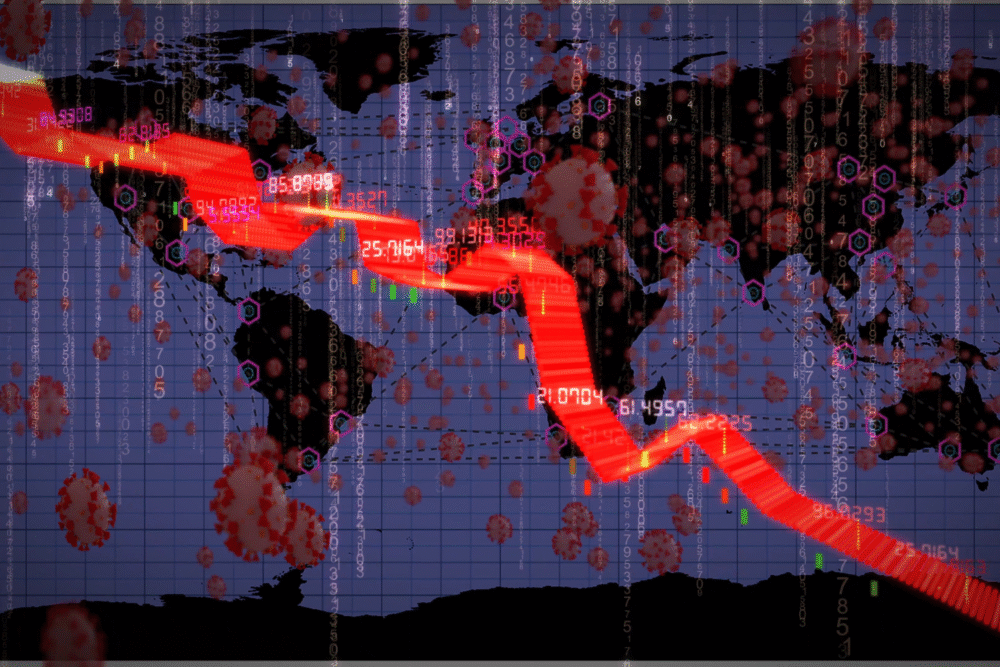
Foreign governments and markets would react instantly. With no reliable communication from the U.S., stock markets in Asia and Europe would panic. Diplomats would struggle to verify if the blackout was a prelude to war or cyberattack. Embassies would switch to encrypted satellite channels, while international flights headed for the U.S. would reroute midair.
Allies would prepare defensive measures, fearing escalation. What started as a technological disruption would now appear as a geopolitical event, reshaping global confidence in American stability.
11. Twelve hours in, law enforcement faces a nightmare.
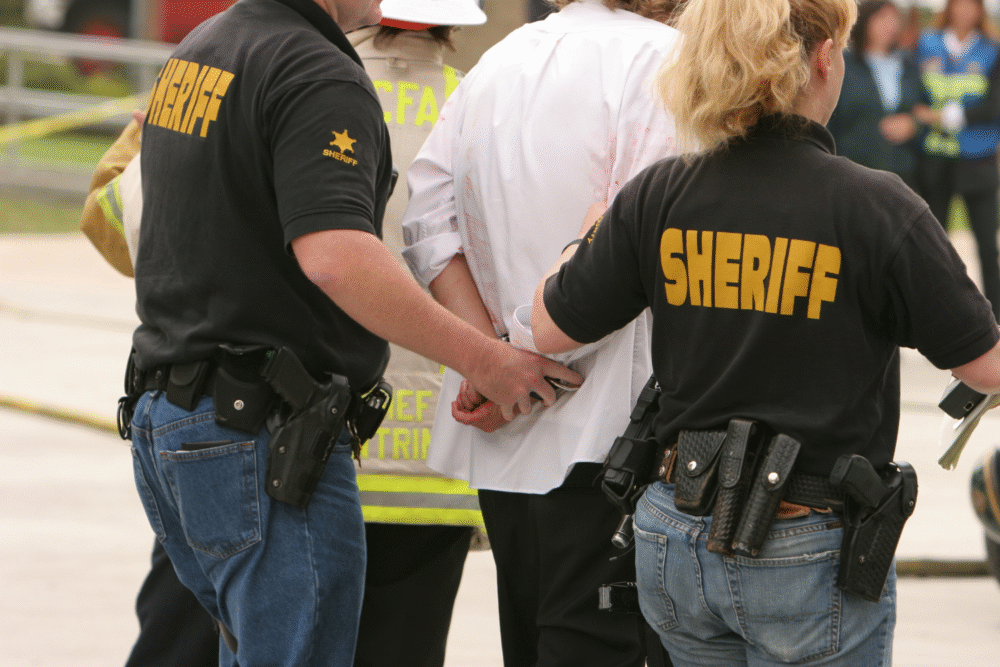
Police and federal agencies, now operating entirely on analog communication, would face major coordination failures. Without mobile data, officers couldn’t receive updates or dispatch information. Crime would rise in some areas—petty thefts, vandalism, opportunistic break-ins—as security systems and alarms failed to connect to cloud servers.
National Guard units would be mobilized in large cities to prevent looting. The sense of societal fragility would deepen, not because of violence, but because people would realize how much order depends on invisible digital threads holding everything together.
12. Sixteen hours in, human behavior reverts to basics.
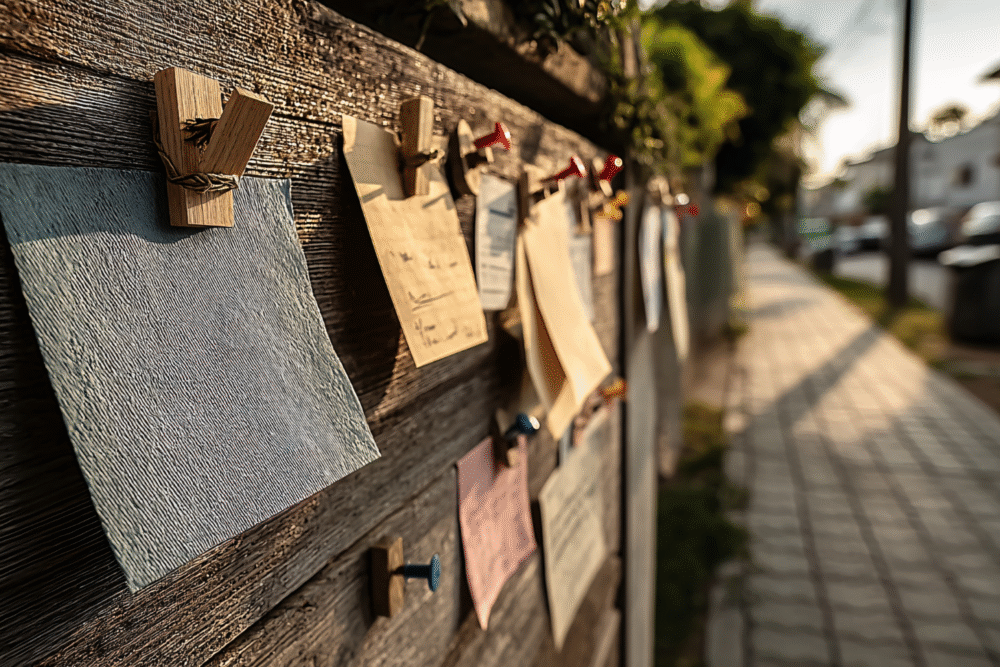
By dawn the next day, people would start adapting. Radios would become the new lifeline, and emergency broadcast systems would issue daily updates. Neighborhoods would create bulletin boards, using pen and paper to communicate news. People would walk more, talk more, and rely on visual contact instead of digital confirmation.
Some would feel liberated by the forced disconnect, while others would spiral into anxiety. The silence would have changed everything—how we work, relate, and even trust the world around us. The digital age would suddenly feel far more fragile than anyone ever imagined.
